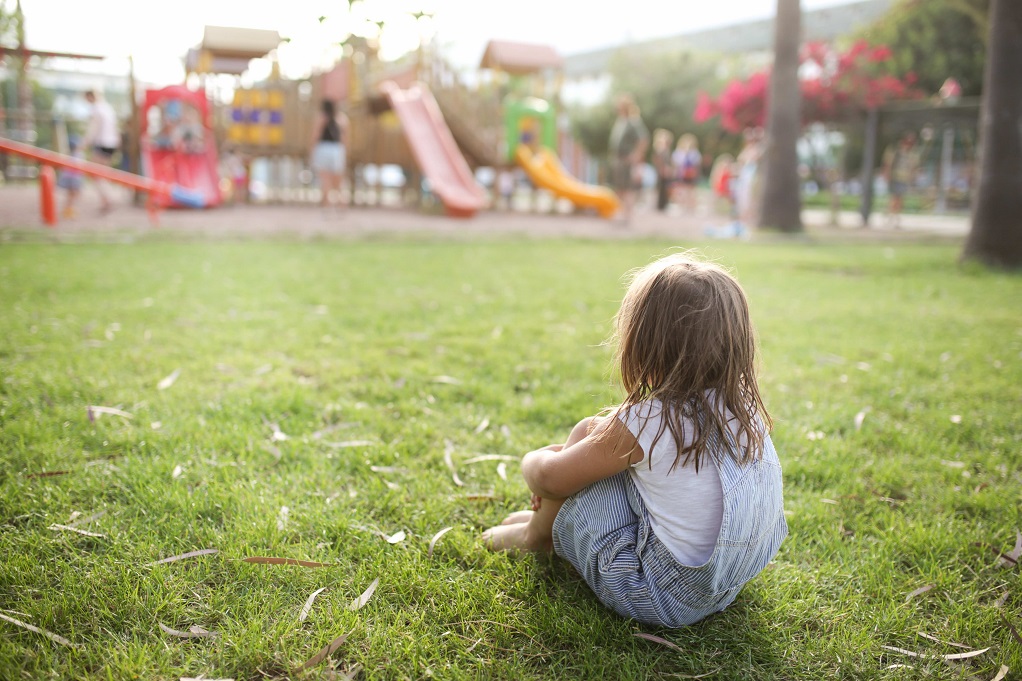Bullying is an age-old concern that many children face during their formative years. It’s more than just occasional teasing or a playground scuffle; it’s a repetitive, hurtful behavior aimed at causing harm to another individual. Recent statistics indicate that nearly 20% of students report being bullied, emphasizing the gravity of this issue.
While we might often associate bullying with physical harm, it extends far beyond. It encompasses emotional torment, verbal abuse, and even cyber threats in this digital age. The implications of bullying are profound, impacting a child’s mental well-being, academic progress, and overall sense of security.
Parents are the first line of defense. Their involvement is pivotal in recognizing, addressing, and preventing bullying. With an observant eye and open heart, parents can make a significant difference in tackling this persistent issue.
Recognizing the Signs of Bullying
Children may not always vocalize their experiences, making it crucial for parents to be observant and recognize the subtle signs. Physical indications might be the most conspicuous; these include unexplained bruises, cuts, or frequent loss of personal items like books or lunchboxes. However, the emotional toll can manifest in various ways such as sudden mood changes, reluctance to attend school, or withdrawal from social activities.
Aside from the physical and emotional signs, behavioral changes are also telling indicators. A child who was once outgoing and cheerful may become introverted, or their academic performance might start to decline inexplicably. Such shifts can be a silent cry for help, indicating that something is amiss in their daily life.
Moreover, the digital age has brought forth a new form of bullying – cyberbullying. If your child becomes unusually secretive about their online activities, avoids digital devices, or displays anxiety when receiving notifications, it’s vital to delve deeper into their digital interactions.
Open Communication: Starting the Dialogue with Your Child
The key to understanding the extent of the problem lies in open and empathetic communication. Creating a safe environment at home is paramount. When children feel supported and understood, they’re more likely to share their experiences and concerns. Actively listen without judgment, ensuring they never feel blamed for the situation they find themselves in.
Encourage your child to express themselves by asking open-ended questions. Rather than posing questions that warrant a mere ‘yes’ or ‘no’, frame them in a way that prompts elaboration. Questions like “How was your day?” can be substituted with “What was the best part of your day?” or “Who did you spend your break with at school today?”
Understanding that every child communicates differently is essential. While some may openly share, others might need more time. Reassure them that they can approach you anytime, and that their feelings, no matter how trivial they seem, are significant to you.
Understanding Different Types of Bullying
The term ‘bullying’ isn’t a monolithic concept; it has various forms that can affect children differently. Physical bullying often leaves visible scars, but the unseen emotional trauma can be just as, if not more, damaging. This form of bullying involves hitting, pushing, or any act that inflicts physical harm.
Verbal bullying, on the other hand, employs words to demean or belittle another person. It could be in the form of insults, name-calling, or derogatory remarks. It directly attacks a person’s self-worth and can leave lasting mental scars.
Relational bullying and cyberbullying represent more covert forms of bullying. While relational bullying involves socially isolating the victim or spreading rumors, cyberbullying harnesses digital platforms to harass or threaten. In today’s interconnected world, it’s imperative for parents to be aware of their child’s online presence and the potential threats they might face.
Addressing the Issue
Once bullying has been identified, swift action is imperative. The first step is usually to inform school authorities, ensuring they’re aware of the situation and can take appropriate measures. When approaching the school, it’s essential to provide them with as much information as possible, while also collaborating with teachers and administrators for the child’s well-being.
Empowering your child is another significant facet of addressing bullying. Teach them self-assertion techniques, and role-play scenarios to help them build confidence in confronting or avoiding bullies. However, it’s equally vital to stress the importance of non-violence and seeking adult help when faced with physical threats.
Lastly, consider bolstering your child’s social support. Encourage them to forge strong friendships, participate in group activities, and clubs where they can form bonds with like-minded peers. In more severe cases, seeking professional help in the form of counseling or therapy can be immensely beneficial in navigating the emotional trauma of bullying.
Preventative Measures
Prevention is as crucial as addressing an ongoing bullying issue. For cyberbullying, educating your child about digital safety is paramount. Ensure they understand the importance of privacy settings, are wary of sharing personal information online, and are encouraged to speak up if they encounter or witness bullying on digital platforms.
Building emotional intelligence and resilience in children goes a long way in bullying prevention. By teaching them empathy, kindness, and understanding, they not only safeguard themselves but also become allies to peers who might be facing bullying. Additionally, equipping them with coping strategies can help them navigate difficult situations with more confidence.
At home, fostering an environment of inclusivity and respect is vital. Regular discussions about diversity, understanding differences, and the importance of acceptance can instill values that counteract bullying tendencies. Children often model adult behavior, so showcasing inclusive behavior can guide them in their interactions outside the home.
Supporting Recovery
Recovering from the effects of bullying is a journey that requires time, patience, and support. Rebuilding a child’s self-esteem is pivotal. Engaging them in activities that foster a positive self-image, offering consistent words of affirmation, and celebrating their achievements can gradually mend their damaged self-worth.
Helping your child reintegrate into their social circles post-bullying is equally essential. Encourage them to attend social events with supportive peers, monitor their interactions, and offer gradual independence as their confidence grows. Remember, the goal is to help them regain their sense of normalcy without overwhelming them.
Continuous monitoring and communication are crucial during the recovery phase. Regular check-ins can help gauge their emotional well-being and ensure they’re progressing positively. Maintaining an open channel for communication assures them that they have a safe space to share their feelings and concerns anytime.
Bullying, though unfortunately common, is an issue that can be addressed with concerted effort from parents, educators, and the community at large. Recognizing the problem, taking proactive measures, and providing unwavering support to affected children are essential steps towards building a bully-free environment.
As parents, your involvement plays a monumental role in safeguarding your child’s mental and emotional well-being. By staying informed, being vigilant, and fostering open communication, you can significantly diminish the adverse effects of bullying.
It takes a village to raise a child. In the fight against bullying, this adage holds. By collectively championing a culture of empathy, understanding, and respect, we can hope for a future where every child feels safe, valued, and protected.






